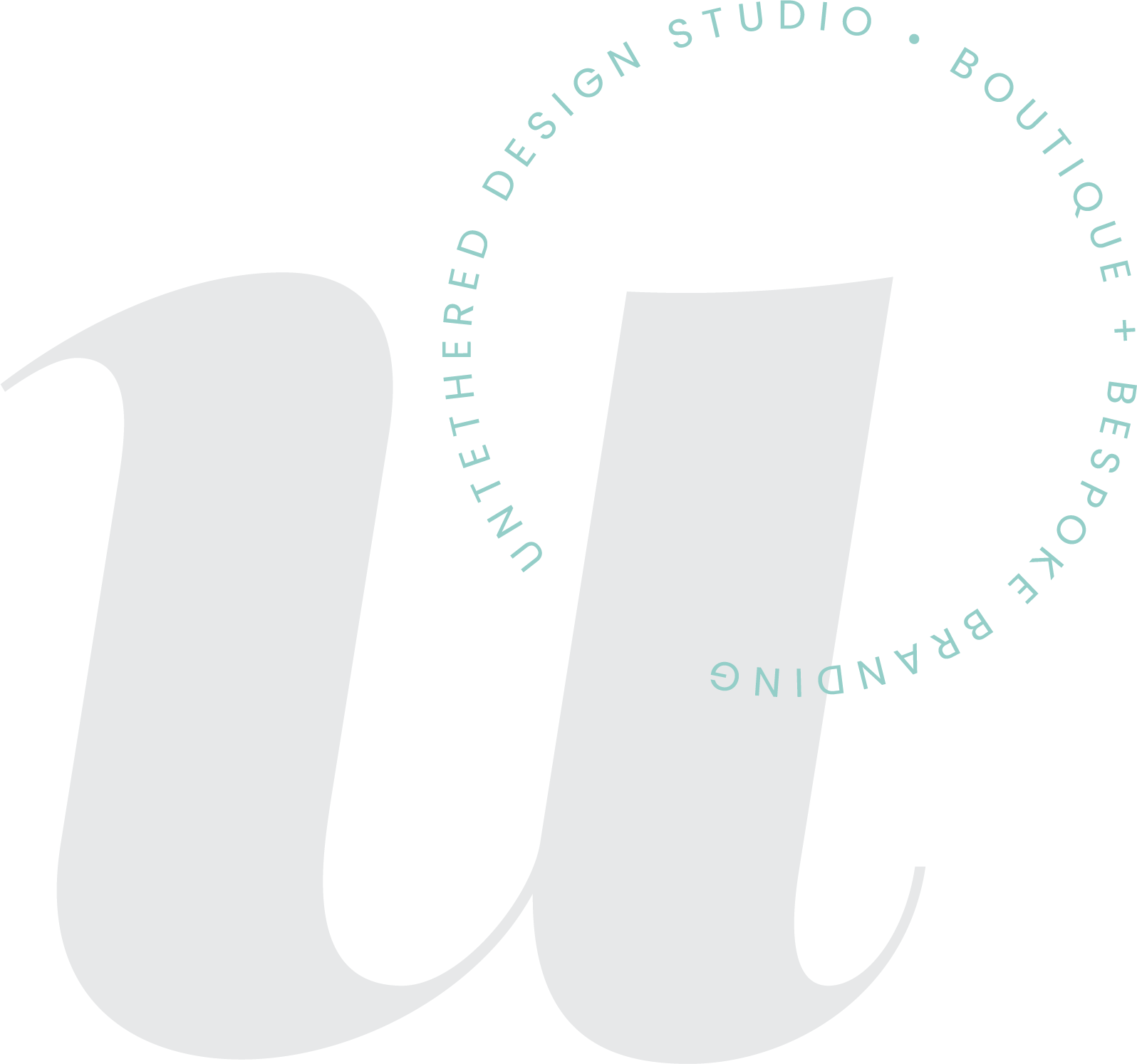7 elements of design to always keep in mind
It doesn’t matter whether you’re designing (or working with a designer on) a sales page, brochure, logo, Facebook graphic, poster or even a billboard — the original and basic elements of graphic design apply (and should always apply) to any and all types of design — print, digital and even traditional fine art. The seven elements are the foundation of good design and span centuries back. These same elements can even be applied to other art forms like photography, painting and sculpture.
No matter how modern and digital that design gets or how much that technology changes, these simple elements will always be the core of design. They need to be considered throughout all phases of a project, in order for a design to be thoroughly executed with the highest quality. If you aren’t already familiar with these, think about each one the next time that you open a design file and ask yourself if each one can be applied to and is present in your design.
Line: This is the simplest and most basic element of design. It is quite literally, what you imagine it to be — a line. Lines can be placed in any direction or orientation (horizontal or vertical) and can be straight, crooked, broken or curved. They can also be thin or thick and any width or length. They connect any “point A” to “point B.”
Shape: A shape is a defined area or dimension that stands out from what is around it. For example, think about a poster that has a big, bright circle placed off to the side, with text placed over the top of it that reads “Special Discount!” The circle is meant to serve as a little, extra “pop” on the page that stands on its own, to display a unique and separate message from the rest of the text in the design. In fact, all objects are actually made up of other shapes. Shapes can be specifically geometric (like a square, circle or triangle) or abstract (like a starburst or organic shape that is made up of uneven lines and multiple sides.) You can use shapes to help different pieces of your design stand out — just like the circle on the poster referenced above.
Space: Similar to shape, space is also a defined area around the other elements in a design. You can use it to separate or bring together pieces of information and other details. You can use it to control what your audience sees or reads first and to illustrate bigger or more important information, or smaller details that can be consumed later.
Value: Value is simply how light or how dark an area of design looks. It can be very dark or really light. The value that you place, similar to space, will help your audience to read and see important aspects of a design right away. Value can help to create contrast, brightness and saturation. Obviously, you will notice something that is darker and bolder in a design a bit more quickly than you will something that is lighter and smaller.
Size: Quite simply, the size that you apply to an area in your design will determine how important it is. If you create a headline to read in large, bold print across the top of the page or you place a photo that is dominant and it takes up a large portion of the design, those larger size pieces of your design are going to be seen first and as the most prominent.
Texture: When it comes to the surface of a design, you can add extra graphic contrast by applying a texture or pattern to the design or even to an area of solid color. It adds some visual interest and can make a design feel like it’s 3-dimensional or even coming off of the page. It adds a layer to design that none of the other elements can do — to the point of making someone almost feel it if they were to touch it.
Color: Color might just be my most favorite element of design. I love the simplicity and contrast of a black and white design or photo, too, but you just can’t beat a color palette that is visually-pleasing and engaging to a viewer. Color can generate emotion, designate an area of the design and either separate or bring together other elements on the page. For help deciding what colors to use in your branding or in any simple design, refer to this blog post.


